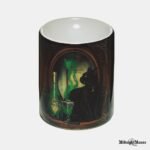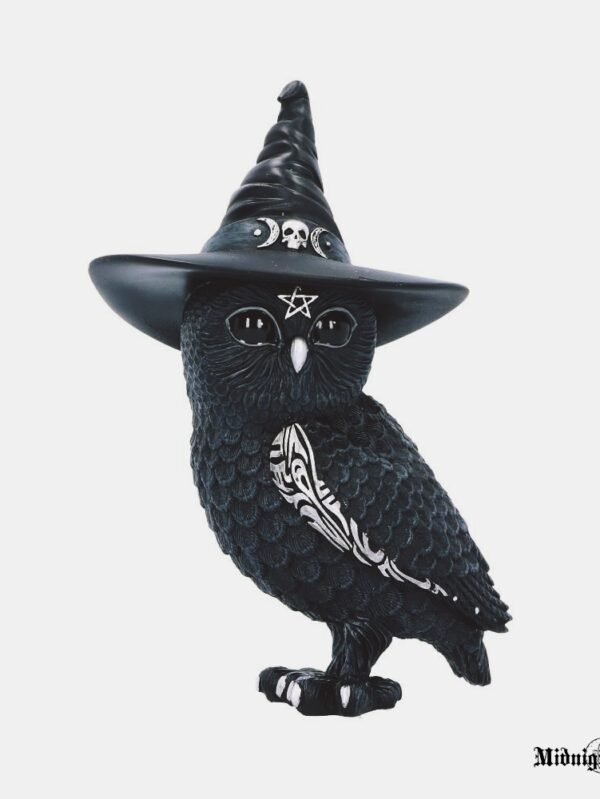Description
Žvakinis Eterinių Aliejų Garintuvas Absentas
Aroma lamps, or diffusers, are used to diffuse essential oils.[1] They may project the oil into the air by heating it, letting it evaporate naturally, or nebulizing it using compressed air or ultrasonics.
Evaporative diffuser
An evaporative diffuser is a device that uses a pad, filter, or reeds to diffuse the essential oils.[2] One of the disadvantages of this tool is that the light elements of the essential oils will be circulated around the ceiling first and will only come down at the end of the process.
Heat diffuser
Aroma lamp with essential oil
A heat diffuser contains a small candle under a bowl to vaporize a mixture of water and oil. This device is very cheap and doesn’t need a special maintenance, however, the heat can change the chemical structure of the oils.[3][4]
Certain plug-in nightlight units made by companies such as Air Wick are used in combination with glass bulbs of scented oil, filling a room with fragrance and light.
Nebulizer
A nebulizer is a device that does not use water or heat as other diffusers.[5] The bottle of essential oil is attached directly to the nebulizer. As a result, the unit uses 100% pure essential oil. The benefit of using this device is a strong concentration of the essential oil. However, it can be noisier than the other devices depending on the specific model in use.[6][7]
Ultrasonic diffuser
An ultrasonic diffuser is the same as a nebulizer but uses a water/oil mixture. This makes the mist not so concentrated. This device can be used as a humidifier. These diffusers contain an ultrasonic transducer, which vaporizes the water/oil mixture through cavitation and creates instantaneous vapor.

An essential oil is a concentrated hydrophobic liquid containing volatile (easily evaporated at normal temperatures) chemical compounds from plants. Essential oils are also known as volatile oils, ethereal oils, aetheroleum, or simply as the oil of the plant from which they were extracted, such as oil of clove. An essential oil is essential in the sense that it contains the essence of the plant’s fragrance—the characteristic fragrance of the plant from which it is derived.[1] The term “essential” used here does not mean indispensable or usable by the human body, as with the terms essential amino acid or essential fatty acid, which are so called because they are nutritionally required by a living organism.[2]
Essential oils are generally extracted by distillation, often by using steam. Other processes include expression, solvent extraction, sfumatura, absolute oil extraction, resin tapping, wax embedding, and cold pressing. They are used in perfumes, cosmetics, soaps, air fresheners and other products, for flavoring food and drink, and for adding scents to incense and household cleaning products.
Essential oils are often used for aromatherapy, a form of alternative medicine in which healing effects are ascribed to aromatic compounds. Aromatherapy may be useful to induce relaxation, but there is not sufficient evidence that essential oils can effectively treat any condition.[3] Improper use of essential oils may cause harm including allergic reactions, inflammation and skin irritation. Children may be particularly susceptible to the toxic effects of improper use.[4][5] Essential oils can be poisonous if ingested or absorbed through the skin.[5]












Atsiliepimai
There are no reviews yet